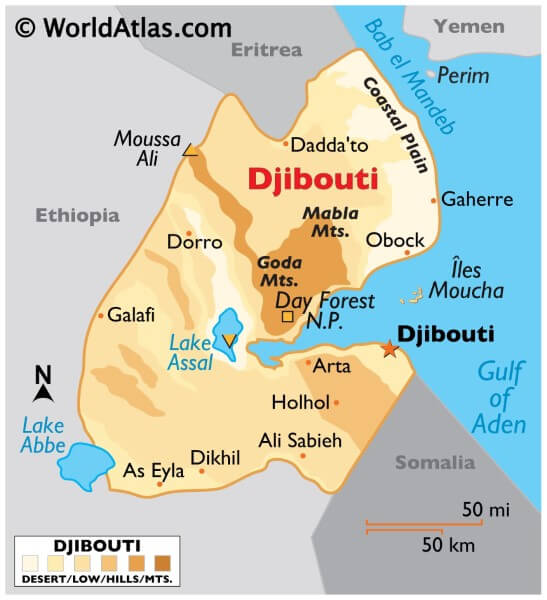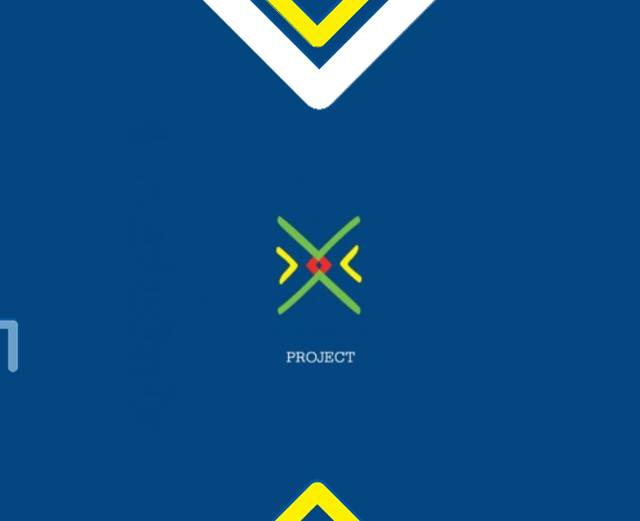The Republic of Djibouti is a small country of 23,200 square kilometres strategically located in Horn of Africa (HoA) at the Southern entrance of the Red Sea. Djibouti is poorly endowed with natural resources, and the country’s economy is dependent on income derived from its strategic location. Revenues are generated directly or indirectly from the activities of the international port and related businesses (including trade transiting to and from landlocked Ethiopia), the financial sector, rents from the several foreign military bases hosted in the country, and foreign aid.
Djibouti’s port is the principal maritime trade point for Ethiopia, handling more than 94% of its imports. Recent investments in ports, railways, roads, and a special economic zone have enhanced Djibouti’s position as a regional trade and logistics hub. For example, the Government of Djibouti (GoDj) recently invested in infrastructure development around the Doraleh Container Terminal. This was done to ensure that Djibouti’s ports remain central to Ethiopia’s maritime trade and retain their role as international trading hubs. The port also plays a critical logistics role in large-scale food aid, managed by the World Food Programme (WFP) which has established a logistics base with a 65,000MT capacity. While the rapprochement of 2018-2019 between Ethiopia and Eritrea might result in the creation of another outlet to the Red Sea for Ethiopia, it is unlikely that Ethiopia will cease using Djibouti ports soon.
Whilst economic performance over the previous years was positive – estimated at 8.4 percent in 2018 and 7.5 percent in 2019, growth is expected to slow to 1.3 percent in 2020 compared to an initial projection of 7.5 percent. Economic activity has been disrupted by the COVID-19 outbreak . The first case of COVID-19 in Djibouti was confirmed on March 18, 2020. In response, the GoDj suspended all inward and outward international passenger flights, and ordered a general lockdown starting from March 27, 2020. As of May 24, there were 2,270 confirmed cases of COVID-19 in Djibouti (testing levels have been high) with 1,064 recoveries and 10 deaths . However, despite COVID-19, the medium-term economic outlook will continue to reflect the Government’s strategy of positioning the country as a regional trade, logistics, and digital hub. GDP growth is projected to rebound to 9.2 percent in 2021 , before falling back to 8.0 percent in 2022-2025.



















